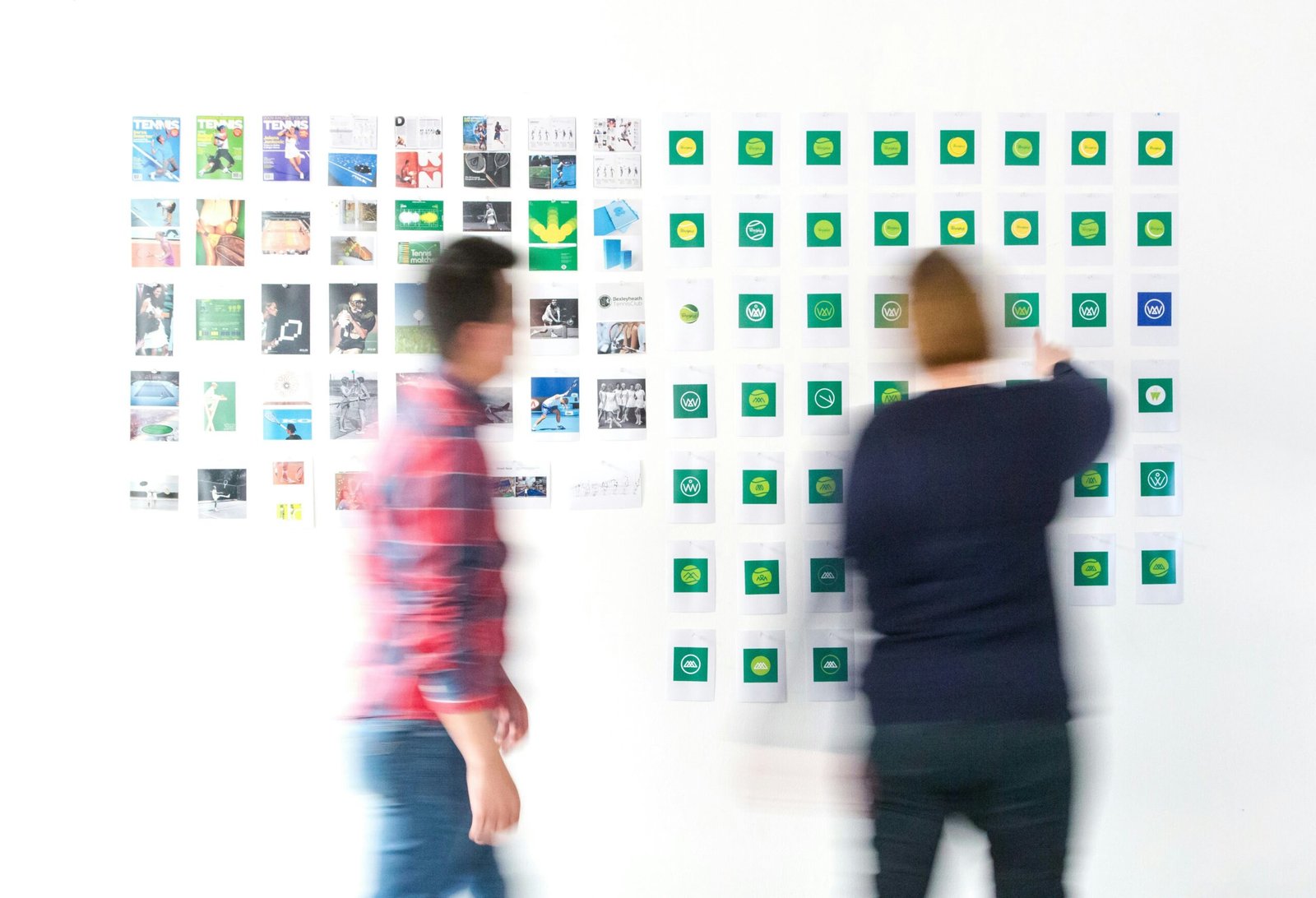As a brand designer, I always begin a new project with a brand assessment. This process helps me gain a clear understanding of the client’s organization, their market position, and their goals. Recently, I’ve started using ChatGPT to enhance this process, making it more efficient, insightful, and structured for both myself and the client.
Here’s how I integrate AI into my brand assessment workflow and how you can do the same.
Step 1: Defining ChatGPT’s Role for Better Responses
Whenever I use ChatGPT or another large language model (LLM), I start by defining the AI’s role. This simple step dramatically improves the relevance and quality of its responses.
For a brand assessment, I set the tone by prompting:
“Act as an award-winning creative director who specializes in creating compelling brands.”
By giving ChatGPT a specific persona, it tailors its feedback accordingly. This ensures that the insights it provides align with professional branding and marketing strategies rather than generic responses.
Step 2: Creating a Brand Survey
The next step is gathering insights from key stakeholders within the client’s organization. I use a structured brand survey to collect valuable input about their vision, values, and market positioning.
I have a tried-and-tested set of questions that I customize for each client. However, if I were starting from scratch, I’d ask ChatGPT to generate a set of branding questions based on the client’s industry and goals.
Optimizing the Survey with AI
Once I have my draft questions, I feed them into ChatGPT for a quick round of revisions. I ask it to:
• Improve clarity and readability
• Check for grammar and spelling errors
• Ensure the questions are strategically structured
After reviewing the AI’s refinements, I finalize the questions and create a Google Form to distribute to the client.
Step 3: Analyzing Brand Survey Responses with AI
Once the client completes the survey, I return to the same ChatGPT conversation where I originally defined its role. This helps maintain context and consistency in the AI’s responses.
Using AI to Summarize and Analyze Responses
For each question, I input the collected responses and prompt ChatGPT:
“Based on these responses, analyze the key themes and provide branding and marketing insights.”
The AI quickly distills patterns in the data, highlighting:
• Core brand values emerging from stakeholder responses
• Perceived market strengths and weaknesses
• Brand positioning insights
• Potential gaps or inconsistencies in messaging
This AI-powered analysis doesn’t replace my professional judgment—I still read through every response myself—but it helps organize insights efficiently, allowing me to focus on strategy rather than data processing.
Step 4: Refining Insights and Generating Recommendations
After summarizing each question’s responses, I take the full set of AI-generated insights and ask ChatGPT to:
• Simplify and clarify key takeaways
• Identify actionable branding strategies
• Recommend marketing approaches based on the findings
By this point, I have a well-structured overview of the brand, including strengths, weaknesses, and opportunities for growth.
Step 5: Building the Brand Assessment Presentation
With the survey analysis complete, I compile the findings into a brand assessment presentation. This document serves as a foundation for client discussions before starting the design phase.
The goal of the assessment is to ensure that both the client and I are aligned on:
• Brand messaging and positioning
• Target audience and market differentiation
• Visual and verbal identity direction
Using ChatGPT in this process doesn’t replace my expertise—instead, it enhances organization, speeds up analysis, and provides a structured approach to brand discovery.
Why ChatGPT is a Game-Changer for Brand Strategy
Integrating AI into the brand assessment process has significantly improved efficiency, but more importantly, it has deepened the level of insights I can provide to clients.
Here’s why this approach works:
✔ Saves Time – AI handles data organization and summary tasks, allowing me to focus on strategy.
✔ Enhances Clarity – ChatGPT refines survey questions and insights, ensuring a polished assessment.
✔ Provides Fresh Perspectives – AI often highlights patterns I might overlook, enriching my strategic approach.
✔ Supports a Data-Driven Approach – The structured output from ChatGPT ensures consistent, well-organized insights for the client.
By leveraging AI as a branding assistant, I’ve streamlined my workflow while still delivering thoughtful, strategic, and impactful branding solutions.
